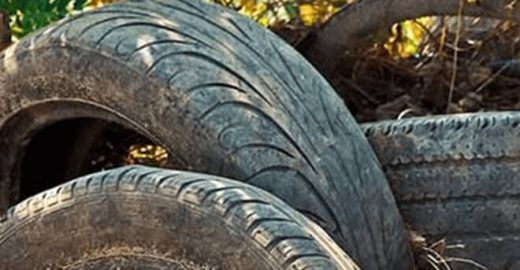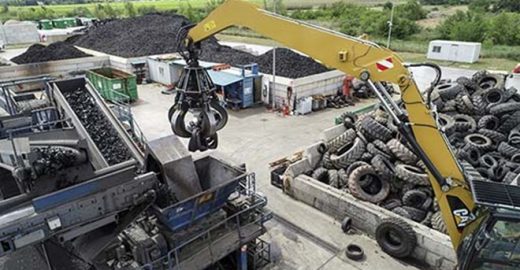Printed circuit board PCB pyrolysis has environmental advantages, while simultaneously utilizing resources such as metals and resins from waste circuit boards. Pyrolysis technology allows for the large-scale processing of waste circuit boards, reducing secondary pollution while recovering resources.
PCB pyrolysis involves heating circuit boards under anaerobic or oxygen-deficient conditions, causing organic polymers to decompose and generate gaseous and liquid products. The pyrolysis oil can be used as fuel or chemical feedstock, while the remaining portion is a mixture of inorganic non-metallic residues and metals.

Continuous pyrolysis system can handle various hazardous wastes, including waste circuit boards and waste resins. It offer significant advantages in energy utilization, energy saving, and emission reduction.
The entire waste pyrolysis process is automated, ensuring continuous and stable operation. The syngas, after purification and recovery, can be used for heating the pyrolysis equipment. This significantly reduces the consumption of primary resources and mitigates environmental pollution.
Pyrolysis technology demonstrates significant advantages in the treatment of waste printed circuit boards, particularly in resource recovery and environmental impact.
Pyrolysis technology enables the efficient separation and recovery of various components from waste circuit boards. Research data shows that the distribution of electrical waste pyrolysis products varies among different types of circuit boards.

This difference is mainly due to the varying organic matter content in different types of circuit boards.
In the solid residue after waste printed circuit boards pyrolysis, metals are effectively enriched, greatly improving the efficiency and purity of subsequent metal recovery. Experiments have shown that pyrolysis significantly improves the recovery rate of metals such as tin, lead, aluminum, and magnesium. Especially valuable metals like gold and silver from circuit boards can be efficiently recovered through the enriched residue after pyrolysis.
Compared to traditional incineration, pyrolysis technology offers significant advantages in controlling hazardous substances. By conducting thermal decomposition in an anaerobic or oxygen-deficient environment, the pyrolysis process effectively inhibits the formation of highly toxic substances such as dioxins.
Furthermore, researchers have developed a solution to address the issue of pyrolysis byproducts of brominated flame retardants in circuit boards by adding co-pyrolysis agents. Adding co-pyrolysis agents such as zeolite or Fe₃O₄ during pyrolysis effectively fixes bromine. This significantly reduces the content of brominated organic compounds in the liquid-phase products, making phenol and its homologues the main components. Bromine primarily exists in the form of inorganic bromides.
This technological breakthrough greatly reduces the environmental risks of the PCB pyrolysis process and increases the utilization value of pyrolysis products.

An Australian general waste and tire recycling authoritative body turned to Environment Minister Sussan Ley in November last year with a request to prohibit whole bale tire…

Aliapur – a French end-of-life tire management authority – recently announced a call for applications to participate in a tender to renew end-of-life tire collection and recycling contacts for 2021–2024..